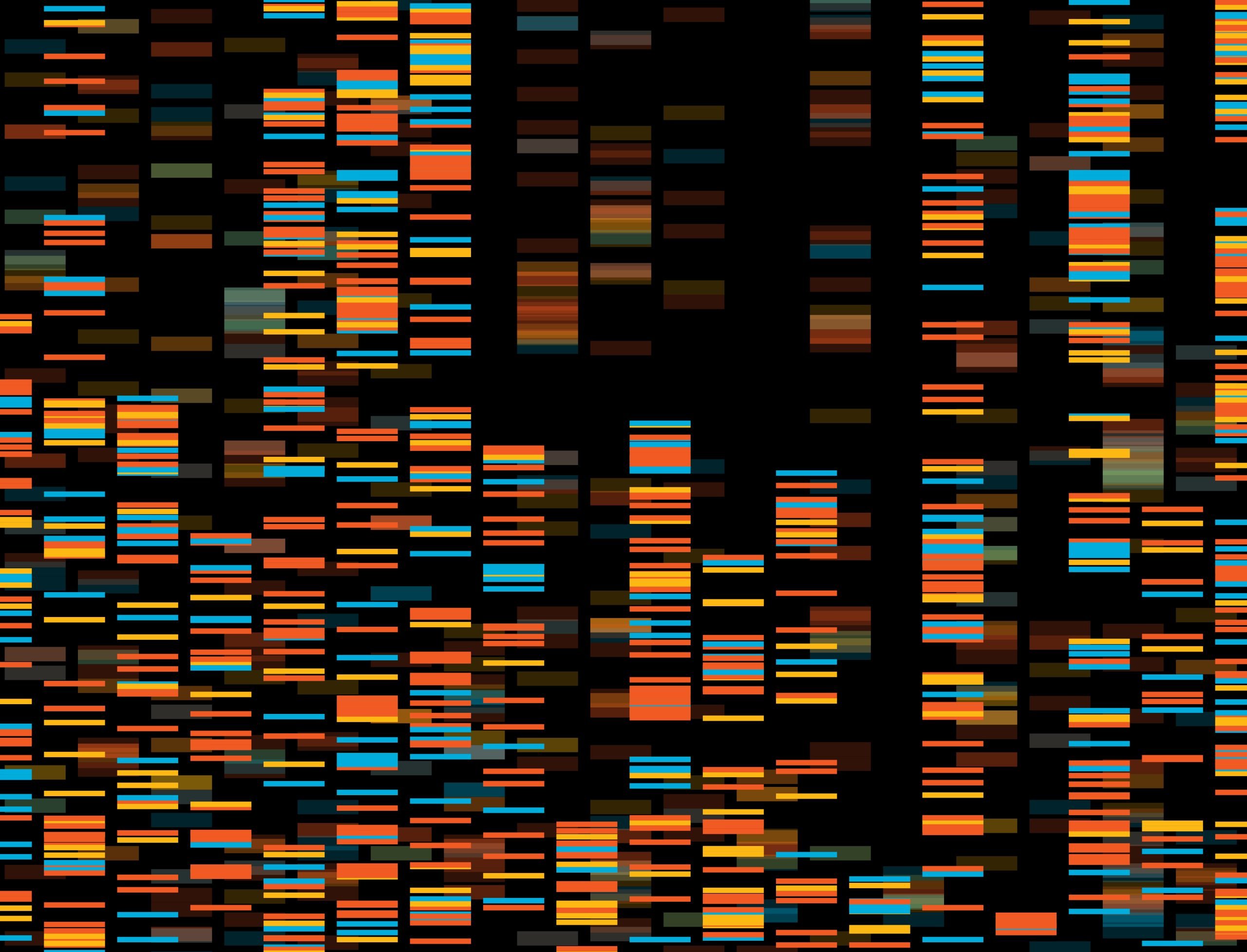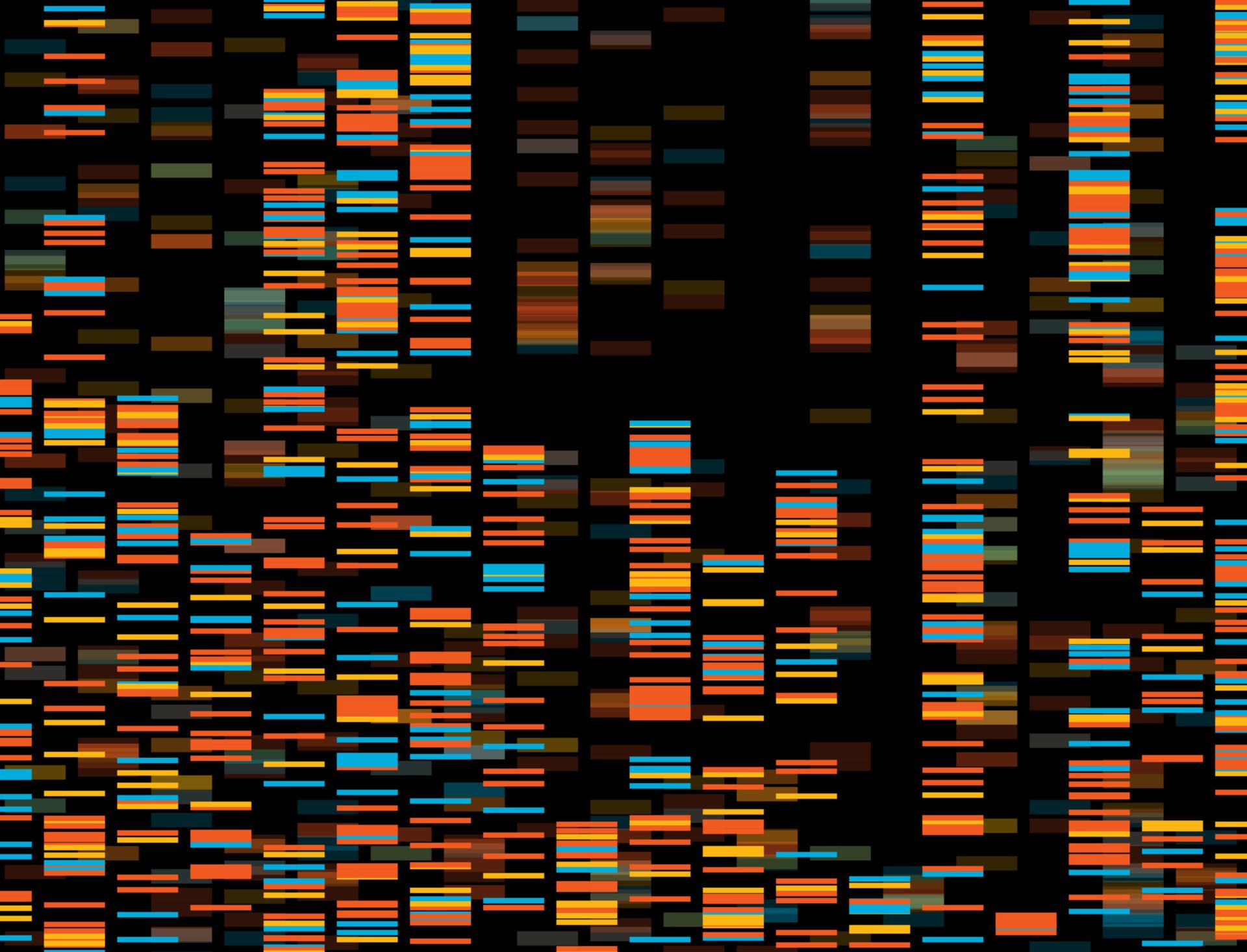
When it comes to the promise of genomics in medicine, there is real disparity between the enthusiasm of the scientists who are pushing genomic discoveries forward and the skepticism held by many healthcare providers. A new study from NIH-funded organizations is now shedding light on the real clinical implications of adopting genomics, and effectively makes the case that genomic technologies can be cost effective in treating the more than 300 million people worldwide with rare diseases.
Cost has long been cited by insurers and physicians as the reason genomic medicine is not ready for wide adoption. Given the $3 billion price tag associated with sequencing the first human genome, it was a solid argument when genomic testing first arrived. But for more than a decade, genomic technology costs have been falling fast. And now a new study contends that the technology has become cost effective for patients.
The Undiagnosed Diseases Network, launched by the NIH in 2014, is composed of about a dozen clinical institutes dedicated to tackling medicine’s toughest questions — cases that have been examined by countless specialists but still cannot be diagnosed or explained. Patients may have rare diseases, never-before-seen diseases, unexpected combinations of diseases, or other truly confounding situations. Since nothing else had worked, the idea was that UDN institutes would take these patients, apply genomic approaches, and see if they made a difference.
This month, scientists and clinicians reported on these efforts in a paper in the New England Journal of Medicine. The team took on hundreds of cases and managed to provide a diagnosis for 132 of them, or about 35 percent of the patients who underwent a full evaluation. The vast majority of those diagnoses were made through DNA sequencing. Through this process, the scientific and clinical teams defined 31 new syndromes, which will now help doctors around the world diagnose new cases more efficiently.
“Some of these patients had been waiting decades to put a name to their illness,” said Stanford University researcher and study co-author Euan Ashley in a statement. “They tell us how much of a relief it is simply to know what they were up against.”
The clinical implications are noteworthy, but the scientists went even further, attempting to quantify the financial implications as well. They analyzed a small subset of patients for whom full medical billing details were available. Among patients who received a diagnosis through the UDN program, the average cost of the new evaluation was almost $19,000, while the average cost of their care prior to being included in the UDN was more than $300,000. “These cost estimates suggest that the UDN approach has the potential to cut short an expensive medical diagnostic odyssey,” the scientists report in the NEJM paper, “and they are consistent with recent cost-effectiveness analyses for genome sequencing.”
While this study focused on a very challenging set of cases, the results can be extrapolated to the broader rare disease community, a group roughly the size of the population of the United States. Experts say that on average, patients with a rare disease spend seven years trying to get a diagnosis, seeing many specialists and undergoing countless diagnostic tests.
Advocates of genomic medicine have been espousing its benefits for rare disease patients for years. This UDN study finally brings solid data to the debate, illustrating that DNA sequencing and other genomic approaches can solve otherwise intractable cases in a cost-effective manner.
“Our findings underscore the impact that establishing a clear diagnosis can have on clinical decision-making for previously undiagnosed patients,” said Harvard scientist and study author Kimberly Splinter in a statement. “We hope that the results of this analysis will provide a compelling case for adopting some of the network’s diagnostic approaches more broadly in an attempt to clarify diagnoses and refine treatment for patients with rare conditions.”
Genomic Study Offers Hope for Millions with Rare Diseases
A new study makes the case that genomic medicine can be cost effective in diagnosing rare diseases, offering a potential alternative path for millions of patients worldwide.

















